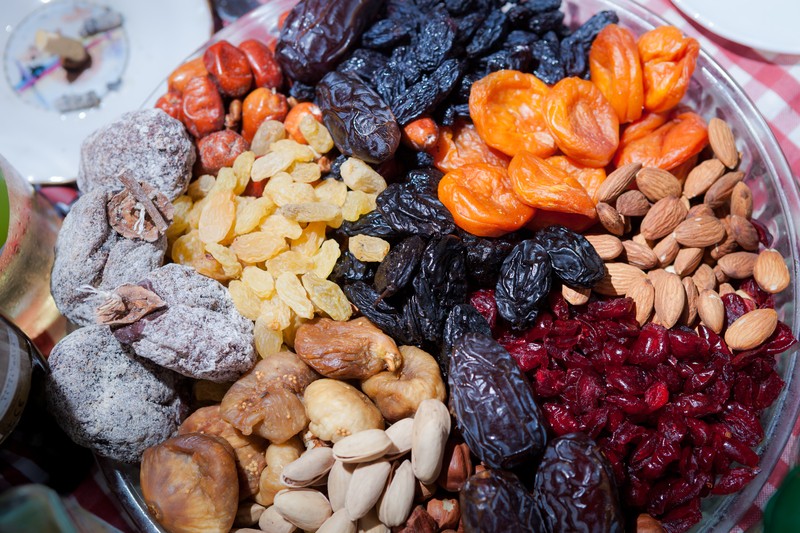Every prepper knows that when preparing for a SHTF situation, you need to not only stockpile as much food and water as possible, but you should also use the less amount of space possible. That way your bug out pack doesn't get too heavy. This is one reason why learning how to dehydrate fruit is key to your survival. They also provide you with plenty of nutrients that you will need to keep going and stay healthy.
The Secrets To Dehydrating Fruits For Storage Are:
Choose and Prepare Your Fruits
Choose fruits that are ripe because as they dehydrate, all that delicious sugar will make the end product delicious.
To prepare your fruit for dehydrating, clean them, remove stems or leaves, peel them and slice them into small slivers when possible. The exception to this is citrus fruits. It’s best to slice them into wheels instead of peeling them.
I like to spritz all off my fruits with lemon juice to add the extra preservation and vitamin C, but it’s critical that you do it with apples, peaches, apricots, bananas, and pears to keep them from oxidizing, thus turning brown.
Methods of Dehydration
The most important consideration is that the fruit needs to be thoroughly dehydrated before it starts to spoil or oxidize. This timeframe varies by the water content of the fruit, the humidity in the air, and the method of dehydration.
Your goal is 4 percent moisture or less. At this point, the fruit will snap when you try to bend it and will store for much longer than if you dehydrate it to that leathery state where the fruit is still pliable – at that point, it still has about 35 percent moisture. That’s not good for long-term storage.
You need three things to dehydrate food: dry air, movement to wick away the moisture, and heat that’s warm enough to draw out the moisture, but not so hot that it cooks the food.
Using a Dehydrator
If you have a food dehydrator, then great. It will work for now, but if you lose power, it won’t work. Until then, though, it’s an awesome tool. Drying times vary using dehydrators depending upon the wattage of the machine. How many trays you use alters the time, too.
No fruit should take more than 16 hours or so to dry.
Using the Oven
You can most certainly use your oven to dehydrate fruits. Lay the fruit out in a single layer on a cookie sheet and set the oven to its lowest setting, usually 150 degrees, and let the fruit dry. For apples, you may want to bump the temp up to 200 or 225.
After a few hours, check the fruit and flip the pieces over so that it dries evenly. Once it snaps when you try to bend it, it’s done.
Sun Drying
Sun drying isn’t that great for some foods because they require higher temperatures but it’s a good method for dehydrating fruits. You need warm weather – the temperature needs to be at least 85 degrees F and the humidity needs to be less than 60 percent.
You’ll need clean racks or screens to place the fruit on and to cover it with. Place the racks on cinder blocks, point the fan on it if you have one, and let the fruit dry.
Bring it in at night before the dew sets, and set it out as soon as the sun is out the next morning. You won’t be able to get the fruit past leathery using this method.
Extending Shelf Life of Dehydrated Fruits
You need to store your dehydrated fruit in an airtight container, preferably one in which as much air as possible has been removed.
As you can see, you can dehydrate just about any fruit that you want. If you still have power and are stockpiling fruit before a collapse, you can use a dehydrator or your oven. If you need to dehydrate fruit after a collapse, you can use the sun to dry it out.
The most important thing to remember is to dehydrate the fruit before it starts to spoil so that it will taste the best. Knowing how to dehydrate and store your fruit may just be a vital skill to your survival when SHTF!
To learn more about secrets to dehydrating fruit for storage, please visit Survivopedia.

Mary ‘Liz’